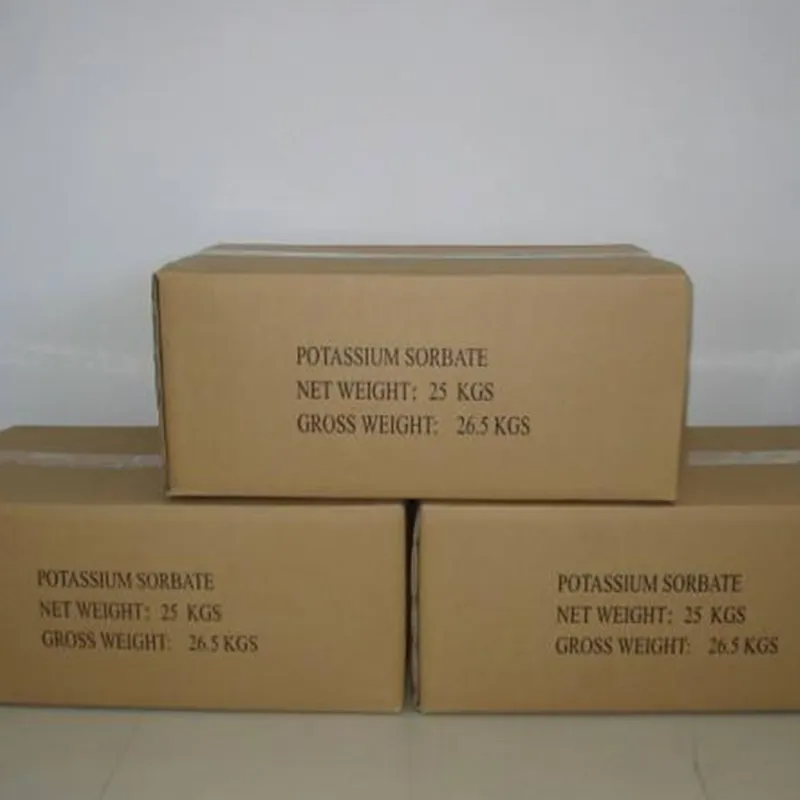
Innovative Fertilizer Solutions for Sustained Nutrient Release in Agriculture
The Rise of Controlled Release Fertilizers Enhancing Agricultural Efficiency
In recent decades, the agricultural industry has faced critical challenges, including increasing global food demand, declining arable land, and environmental concerns. To address these issues, innovative solutions are being developed, among which controlled release fertilizers (CRFs) stand out as a significant advancement. This article will explore the concept of controlled release fertilizers, their benefits, their applications, and future prospects within sustainable agriculture.
What are Controlled Release Fertilizers?
Controlled release fertilizers are specially formulated fertilizers designed to release nutrients into the soil gradually over an extended period. Unlike traditional fertilizers, which can leach quickly from the soil or be taken up rapidly by plants, CRFs are engineered to provide a steady supply of nutrients. This controlled release is achieved through various mechanisms, including coating the fertilizer granules with polymers or using formulations that encapsulate the nutrients.
Benefits of Controlled Release Fertilizers
1. Nutrient Efficiency One of the core advantages of CRFs is their ability to minimize nutrient loss. Traditional fertilizers can often lead to nutrient runoff, impacting water quality and contributing to algae blooms. CRFs, by releasing nutrients slowly, ensure that they are available to plants when needed, reducing waste and enhancing nutrient uptake efficiency.
2. Labor and Cost Savings The extended release of nutrients means that farmers do not need to apply fertilizers as frequently as they would with conventional fertilizers. This not only saves time and labor costs but also reduces the number of trips made by agricultural equipment, thereby lowering fuel expenses and emissions.
3. Environmental Sustainability The use of CRFs contributes to sustainable agriculture practices. By limiting nutrient leaching and runoff, CRFs help protect nearby waterways and ecosystems. Furthermore, with improved nutrient management, CRFs can reduce the overall amount of fertilizer needed, mitigating the environmental impact of agricultural operations.
4. Improved Crop Yields and Quality With a consistent supply of nutrients, crops can achieve better growth and development, leading to increased yields and improved crop quality. This is particularly important in high-value crops where quality can significantly impact market value.
Applications of Controlled Release Fertilizers
controlled release fertilizer

Controlled release fertilizers are versatile and can be utilized across various agricultural settings, including
- Field Crops Farmers growing staple crops such as corn, rice, and wheat can benefit from the efficiency of CRFs, leading to enhanced productivity and reduced input costs.
- Horticulture CRFs are widely used in the cultivation of fruits, vegetables, and ornamental plants. Their ability to provide a slow and steady nutrient supply is particularly beneficial in greenhouse and nursery settings.
- Lawn and Turf Management CRFs are increasingly popular in landscaping and turf management applications. They offer a solution for maintaining healthy lawns while minimizing the risk of nutrient runoff associated with traditional fertilizers.
- Rehabilitation of Degraded Soils In areas where soil fertility has been compromised, CRFs can aid in the rehabilitation of degraded soils, allowing for the restoration of productive capacity in agricultural lands.
Future Prospects
The future of controlled release fertilizers looks promising as ongoing research and technological advancements continue to enhance their formulations and effectiveness. Innovations in polymer technology, nutrient encapsulation methods, and the development of smart CRFs that respond to environmental conditions are on the horizon.
Moreover, as the demand for sustainable agricultural practices intensifies, the adoption of CRFs may become more widespread. Collaborations between agricultural scientists, companies, and farmers will be crucial in developing and promoting best practices for utilizing these fertilizers to maximize their benefits.
Conclusion
Controlled release fertilizers represent a significant leap forward in agricultural technology, providing a more sustainable approach to nutrient management. By improving nutrient efficiency, reducing environmental impacts, and enhancing crop yields, CRFs are well-positioned to play a vital role in feeding the growing global population while preserving the planet’s resources. As research continues and technologies evolve, the agricultural sector can look forward to a future where controlled release fertilizers become a standard practice, supporting the dual goals of productivity and sustainability.
-
The Safety Challenges of Ammonium Nitrate FertilizerNewsJun.26,2025
-
The Critical Role of Mining ChemicalsNewsJun.26,2025
-
Shelf Life of Glacial Acetic Acid Food GradeNewsJun.26,2025
-
Enhancing PVC Longevity with 1,2,3-Benzotriazole InnovationsNewsJun.26,2025
-
China’s Dominance in Food Additive ProductionNewsJun.26,2025
-
Can Aluminum Hydroxide Replace More Toxic Alternatives?NewsJun.26,2025
-
PE and PP Plastics with Benzotriazole AdditivesNewsJun.12,2025
Hebei Tenger Chemical Technology Co., Ltd. focuses on the chemical industry and is committed to the export service of chemical raw materials.
-

view more DiethanolisopropanolamineIn the ever-growing field of chemical solutions, diethanolisopropanolamine (DEIPA) stands out as a versatile and important compound. Due to its unique chemical structure and properties, DEIPA is of interest to various industries including construction, personal care, and agriculture. -

view more TriisopropanolamineTriisopropanolamine (TIPA) alkanol amine substance, is a kind of alcohol amine compound with amino and alcohol hydroxyl, and because of its molecules contains both amino and hydroxyl. -

view more Tetramethyl Thiuram DisulfideTetramethyl thiuram disulfide, also known as TMTD, is a white to light-yellow powder with a distinct sulfur-like odor. It is soluble in organic solvents such as benzene, acetone, and ethyl acetate, making it highly versatile for use in different formulations. TMTD is known for its excellent vulcanization acceleration properties, which makes it a key ingredient in the production of rubber products. Additionally, it acts as an effective fungicide and bactericide, making it valuable in agricultural applications. Its high purity and stability ensure consistent performance, making it a preferred choice for manufacturers across various industries.











